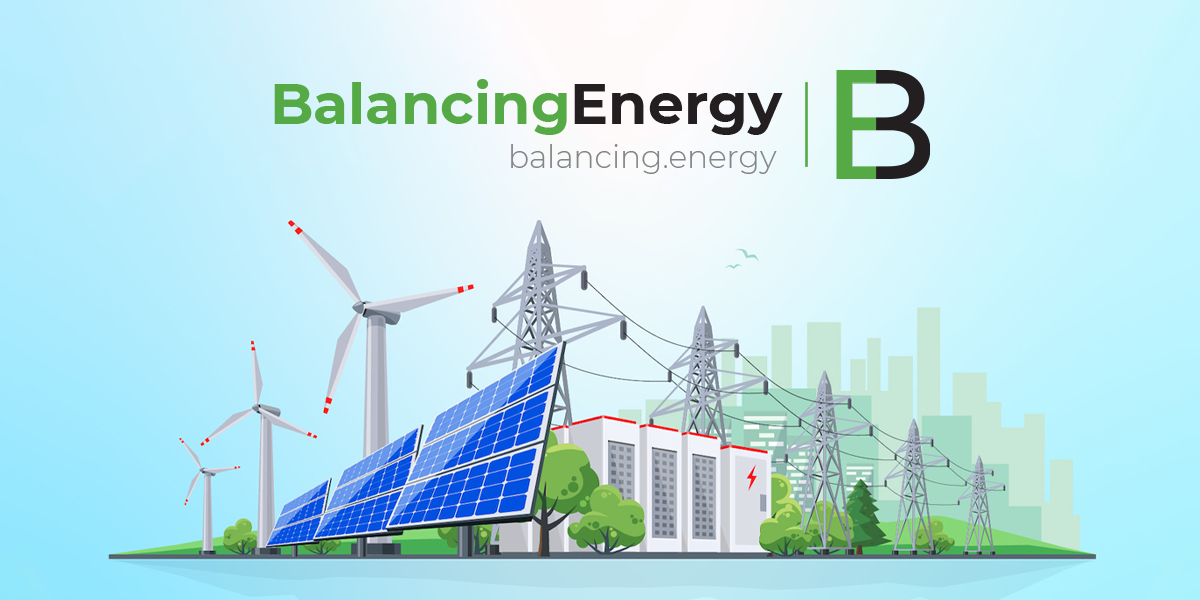Communicating complex projects—such as those in science, environmental and heavy industry construction—requires a strategic approach that balances technical information with clear, concise messaging tailored to diverse audiences. These projects often involve multiple stakeholders, including regulatory agencies, local communities, investors and environmental groups. Effective communication helps build trust, mitigate concerns, and ensure smooth project execution. Below are key strategies and best practices for communicating these types of projects in Serbia and other similar markets.
1. Understand Your stakeholders
Successful communication begins with a thorough understanding of the different stakeholders involved. Each group will have unique perspectives, concerns, and levels of influence over the project’s success. Stakeholders for science, environmental and heavy industry projects typically include:
• Regulatory agencies and government bodies: Ministries of Environmental Protection, Mining and Energy and local municipalities.
• Local communities: Residents, local businesses and community organizations.
• Investors and financial institutions: Private and institutional investors, international financial institutions (IFIs) and development banks.
• Environmental NGOs and activists: Groups focused on environmental sustainability, conservation and public health.
• Technical and industry experts: Scientists, engineers and industry consultants who provide expertise and guidance.
2. Develop a tailored communication plan
Creating a comprehensive communication plan that addresses the interests and concerns of each stakeholder group is essential. The plan should include the following elements:
• Objectives: Clearly define the goals of your communication strategy, such as building stakeholder trust, providing transparency, and mitigating opposition.
• Key messages: Develop messages that highlight the benefits of the project, address concerns, and emphasize the project’s alignment with regulatory and sustainability standards.
• Communication channels: Use a mix of channels, including public consultations, media releases, social media, project websites and direct communication with key stakeholders.
• Feedback mechanism: Establish a system to collect and respond to stakeholder feedback. This could include surveys, public hearings, or a dedicated project email address.
3. Simplify technical information
Science and heavy industry projects often involve complex technical details that can be difficult for non-experts to understand. Simplifying technical information without compromising accuracy is crucial for effective communication.
• Visual aids: Use diagrams, infographics, and 3D models to convey complex technical concepts visually. For example, for environmental projects, visuals showing expected environmental impacts and mitigation strategies can help stakeholders understand the project’s scope and benefits.
• Plain language summaries: Develop easy-to-read summaries of technical reports and environmental assessments that highlight key points without using excessive jargon.
• Interactive tools: Consider using interactive tools such as project websites with dynamic content, virtual tours and interactive maps that allow stakeholders to explore project details in an engaging way.
4. Engage stakeholders early and often
Early engagement helps set the tone for project communication and ensures that stakeholders feel heard and involved from the beginning. This approach is particularly important for projects with significant environmental and social impacts.
• Preliminary meetings and consultations: Before finalizing project designs or seeking approvals, hold preliminary meetings with key stakeholders to present the project concept, discuss potential impacts and gather initial feedback.
• Public consultations and workshops: Organize public consultations and workshops to provide detailed project information, address concerns and incorporate stakeholder input into project planning.
5. Focus on environmental and social responsibility
For environmental and heavy industry projects, it’s essential to communicate how the project aligns with sustainability and social responsibility goals. Highlighting these aspects helps build public trust and demonstrates the project’s commitment to minimizing negative impacts.
• Environmental Impact Assessments (EIA): Clearly communicate the findings of EIAs, including potential environmental impacts, proposed mitigation measures, and strategies for monitoring and compliance.
• Corporate Social Responsibility (CSR) initiatives: Share information about CSR initiatives that benefit local communities, such as job creation, community investments and support for local education and health services.
6. Address concerns proactively
Heavy industry and environmental projects often face opposition due to perceived or real environmental and social risks. Addressing these concerns proactively can help alleviate fears and build support for the project.
• Transparency in risk communication: Provide transparent and factual information about potential risks and the steps being taken to mitigate them. This includes clear explanations of how the project complies with national and international safety and environmental standards.
• Community liaison officers: Appoint community liaison officers who can serve as a direct point of contact for local communities, helping to address concerns, share information and foster ongoing dialogue.
7. Leverage the Role of Front End Engineering Design (FEED) and Owner’s Engineer (OE)
Integrating the roles of FEED and OE into the communication strategy helps ensure that all technical and design aspects are accurately represented to stakeholders.
• FEED stage communication: During the FEED phase, share preliminary designs, technical studies, and project benefits with stakeholders. This stage is an opportunity to highlight the project’s feasibility, compliance with regulations, and potential positive impacts on the local economy and environment.
• Owner’s Engineer (OE) as a communicator: The OE can serve as an independent third party that validates project decisions, ensuring transparency and building stakeholder confidence in the project’s management and execution.
8. Utilize digital platforms and media relations
Digital platforms and media outlets play a critical role in reaching a broad audience and maintaining transparency throughout the project lifecycle.
• Project websites and portals: Develop a dedicated project website that provides regular updates, technical information, and opportunities for stakeholders to engage with the project team.
• Social media: Use social media channels to share project milestones, respond to questions, and engage with the public in real time.
• Media engagement: Collaborate with local and international media to share project developments, conduct interviews and provide accurate information to the public.
9. Monitor and evaluate communication effectiveness
Continuously monitor and evaluate the effectiveness of the communication strategy to identify areas for improvement.
• Feedback surveys and stakeholder interviews: Conduct regular surveys and interviews with stakeholders to gauge their understanding of the project and their level of support.
• Media monitoring: Track media coverage and public sentiment to identify potential issues and respond proactively.
Effective communication is crucial for the success of science, environmental, and heavy industry projects. By understanding stakeholder needs, simplifying complex information, and maintaining transparency throughout the project lifecycle, developers can build support, mitigate concerns and ensure successful project execution. Integrating the roles of FEED and Owner’s Engineer into the communication strategy further strengthens stakeholder relations and enhances project management.










